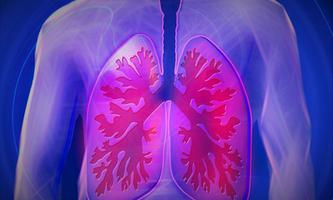Prepare for Flu Season During COVID-19: Tips for Older Adults
- By
- Dr Abhijeet Sharan
- September-08-2021
It is important for older adults to take preventive measures and understand key symptoms of the flu, as well as how they differ from COVID-19. Knoke encourages older adults and their families to prepare for flu season with the following suggestions:1. Get the flu shot. A simple precaution can be a great act of love for not only yourself, but your community.
Get the flu shot as early as possible this year to help reduce the strain on health care systems grappling with COVID-19. Not only can it protect you and others from a preventable disease and its potentially serious complications — it can lessen the severity of symptoms, should you contract the flu. Contact your health care provider, local urgent care clinic or pharmacy to see if they are administering the vaccine and consider making an appointment to avoid long wait times.
2. Prepare your immune system. It’s no surprise that our immune defense systems become weaker as we age. However, there are simple, proactive ways to strengthen our immune systems today in order to give ourselves the best chance at staying healthy tomorrow. Staying active with daily walks or yoga can help our bodies ward off illnesses such as COVID-19 and influenza.
3. Get a good night’s sleep. Lack of sleep decreases one’s ability to fight off viruses. Consider adding a humidifier to your indoor environment during the winter months and peak flu season. By increasing water vapor in the air, you can reduce the potential for flu symptoms, speed up recovery and ward off future illnesses. Give your body proper time to rest in the right environment, and you’ll see positive returns for your overall health.
4. Maintain a healthy diet. Eating nutrient-rich meals is another way to protect your immune system against common illnesses. Fuel your body with nutritious foods that contain a high number of vitamins and antioxidants, such as broccoli, tomatoes and strawberries. Consider speaking with your general practitioner or meeting with a dietitian to help build a meal plan that’s right for you.
5. Know the difference. While both influenza and COVID-19 are contagious respiratory illnesses that share many of the same symptoms (such as a fever, cough, body aches or fatigue), there are a few key differences to keep in mind. Symptoms for the coronavirus appear two to 14 days after exposure, whereas flu symptoms come on suddenly. Many people who have been diagnosed with COVID-19 report a change or loss of taste and smell. Shortness of breath, difficulty breathing and chest pain are warning signs for both illnesses that require immediate medical attention.
(All rights reserved to NewsUSA.)





